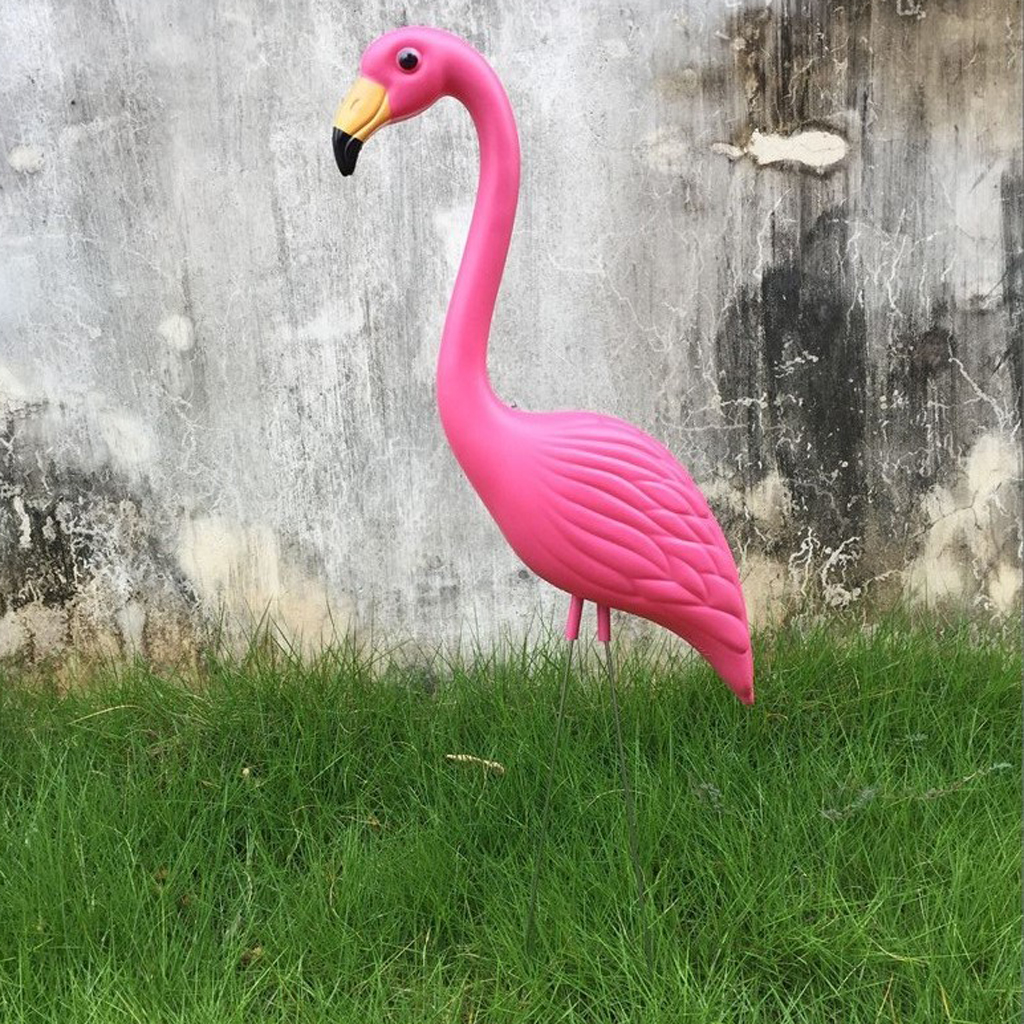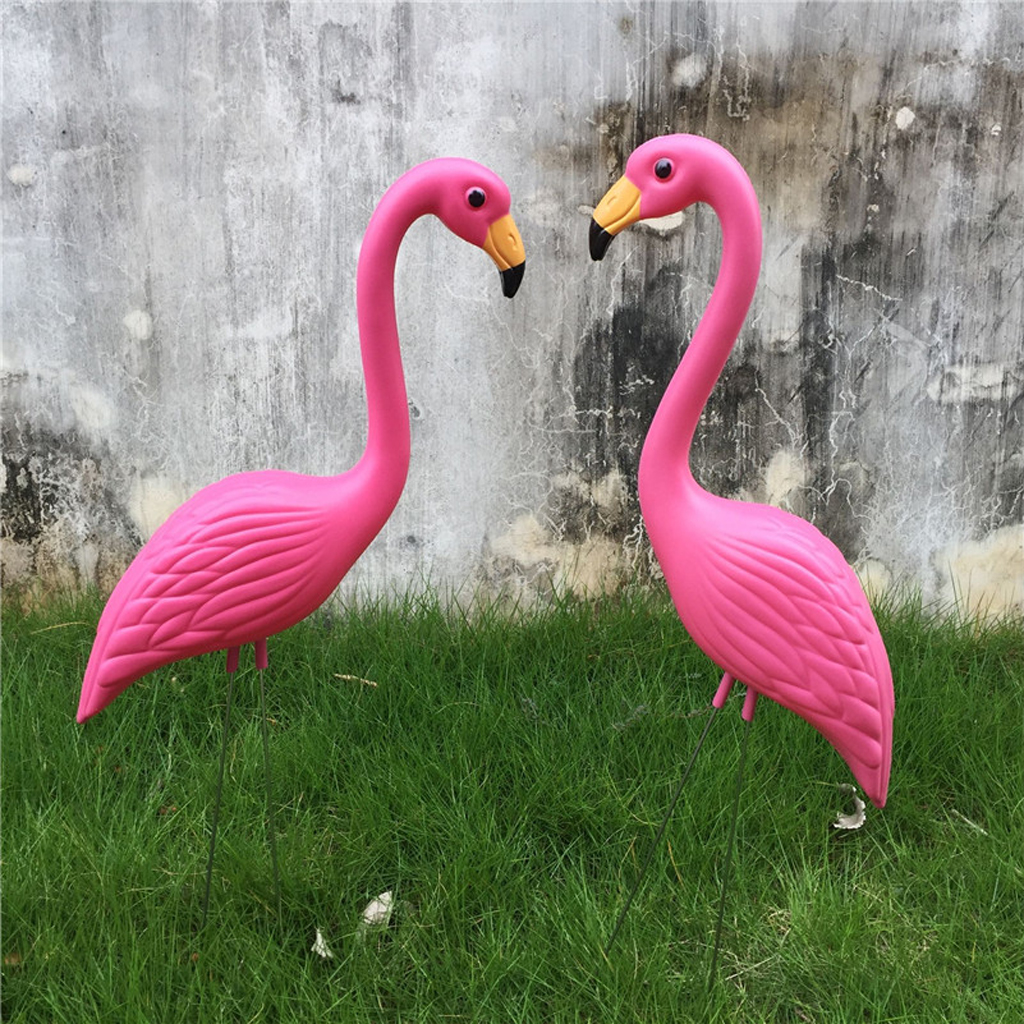

A more common or popular sign that swingers will use is an upside-down pineapple. Plastic flamingos are just one symbol that swingers will use to alert others that they are practicing the lifestyle. If you do, you might be promptly escorted out of the park. However, it’s rare enough that you shouldn’t assume a flamingo at your neighbor’s campsite means they’re inviting you for a sexual encounter. So while it’s not common in the camping community, it isn’t completely unheard of either. Since there’s no direct connection between camping and swinging, it’s safe to say that the 4% estimate applies to the camping community too. Psychology Today estimates that 4% of adults participate in swinging activities. However, it’s not something most participants shout from the rooftops, thus the pink flamingo yard decorations. These can be one-time or regular events based on the situation. Swingers will often participate in trading partners or group sex events. Swinging can also go by wife-swapping or partner-swapping, but the results are the same. Swingers are couples who are open in their sexual relationships. This is a very subtle method for attracting like-minded individuals no matter what group they identify with. Those who want to meet or interact with others with the same lifestyle will use the appropriate symbol to make it easier for others to spot them. Various groups adopt symbols to represent themselves, and some swinging groups have adopted the flamingo. The less obvious reason campers put flamingos at their campsite is to identify themselves as a part of the swinging lifestyle. These plastic lawn decorations can be a cheap and effective way to increase a camp and help it to stand out from the rest. Luckily, most campgrounds are rather generous and allow campers to decorate their campsites within reason. People may place these lawn decorations in the grass or area around their campsite to create a relaxing vibe. They use a variety of decorations, including plastic pink flamingos, to decorate their temporary camping space. The most obvious reason campers put flamingos in their campsite is to enhance the look and atmosphere. Here are a couple of reasons why campers use flamingos at their campsite. However, it can be challenging to tell the difference between the two. One is the apparent reason, and the other is a little less obvious. There are a couple of reasons why campers put flamingos in their campsite. Why Do Campers Put Flamingos in Their Campsite? As a result, homeowners placed these plastic pink flamingos in their yards to help differentiate their homes from the rest. Since building fast was the goal, many of the homes looked very similar to one another. With many Americans looking to settle down, immense communities of homes began sprouting up all over the place. This was primarily due to the massive boom in the construction of homes. The plastic pink flamingos became wildly popular in the years following World War II. After two weeks of hard work, Featherstone presented the first 3D version of the birds. The company hired Don Featherstone, a local sculptor, to create a mold for the plastic birds. The first flamingo lawn decorations were a product of Union Products in Leominster, Massachusetts. The plastic pink flamingos that many people have come to love have been appearing in yards since 1957. Since they don’t require any food and you don’t have to clean up after them, there are certainly worse animals you could choose to have in your yard. Many homeowners like how these fake, long-legged birds look in their yards.

Plastic pink flamingos are nothing new and have been landing in yards for the past several decades. If the metal stakes holding the plastic pink flamingos in the ground aren’t a dead giveaway, these aren’t real.

They’re not as common as they once were, but you’ll see a house with a pink flamingo in their yard now and then.


 0 kommentar(er)
0 kommentar(er)
